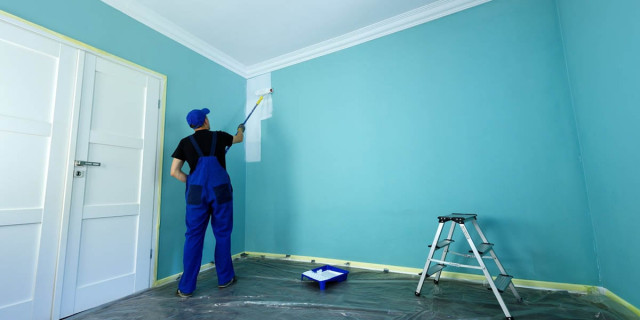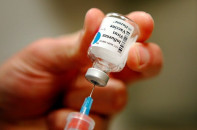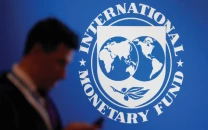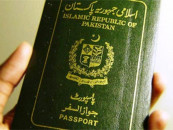Illegal levels of lead in locally-sold paint: study
Lead exposure has severe health impacts on children

A study has found that a large number of oil-based paint brands sold in markets in Karachi contained dangerous and illegal levels of lead, endangering the health of children.
The study by doctors from the Aga Khan University (AKU) and Lead Exposure Elimination Project (LEEP) sampled 60 residential-use paints of 21 brands in Karachi using snowball sampling.
According to their findings, 40% of the paints sampled contained levels of lead higher than Pakistan's mandatory limit and above the level recommended by the World Health Organisation (WHO). Some paints contained 1,000 times the limit.
The research found high levels of lead in nine of the major paint brands, and in eight smaller brands. Some brands made 'lead free' claims despite their paint containing high levels of lead. The most harmful paints were typically yellow and red colours.
Lead exposure has severe negative health impacts on children, causing permanent damage to their cognitive development, stunted growth and anaemia.
Lead exposure can be caused by various sources, with paint being an important source globally. The new research suggests that paint is likely to be one cause of childhood lead poisoning in Pakistan.
Dr Imran Saqib Khalid of the WWF-Pakistan said that estimates suggest Pakistan has the second highest known level of childhood lead poisoning in the world. "Reducing lead in paint is an effective and low-cost opportunity to improve child health, reduce poverty and contribute to the UN sustainable development goals."
Lead poisoning from paint and other sources is estimated to affect 47 million children in Pakistan, the research said while citing a 2021 study. Another research from 2013 cited in the study said lead poisoning cost Pakistan $38 billion in economic losses annually.
"Lead is neurotoxic and even low levels of exposure for children can result in reduced intelligence, lower educational attainment, reduced future earnings, and increased violent behaviour. Lead affects all body systems, also causing anaemia, growth stunting, kidney disease, and cardiovascular disease," said Dr Zafar Fatmi, a professor of Environmental Health & Climate Change in Community Health Sciences department at the Aga Khan University. He was one of the researchers of the study.
The Pakistan Standards & Quality Control Authority (PSQCA) introduced a mandatory standard in 2017 that restricts the level of lead in paint to 100 parts per million. Its director general said that the data in the study had provided valuable guidance for the enforcement of standards. "We have urged manufacturers to swiftly remove lead ingredients from their paint and will be taking steps to ensure compliance," said PSQCA DG Zain ul Abedin.
Published in The Express Tribune, February 15th, 2023.



















COMMENTS
Comments are moderated and generally will be posted if they are on-topic and not abusive.
For more information, please see our Comments FAQ